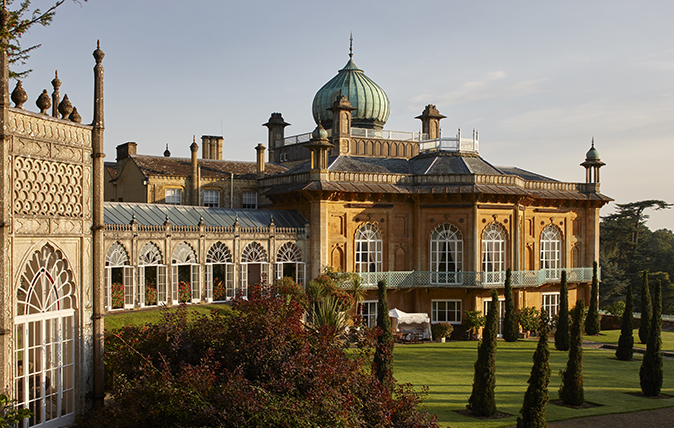My Favourite Painting: Freya Simms
Freya Simms of LAPADA chooses an exotic 17th century image.


Freya Simms on 'Shah Jahan accepts a falcon from Dara Shikoh' by Govardhan
‘There is something mesmerising about Indian miniature paintings, their exquisite use of detail, pattern and motif, which lends a jewel-like quality to the illustrations. As a child, I was entranced by some museum copies my father had and would stare at them for what seemed like hours. His neighbour kept birds of prey, too, so this picture sums up two things that fascinated me. In my late teens, I was lucky enough to travel to India and see the palaces of Rajasthan, the Taj Mahal and the magnificent jewellery workshops in Jaipur. This rather formal picture of a father and son exchanging a gift of a falcon, copied by Rembrandt, illustrates one of the best-loved sports in the Islamic world.’
Freya Simms is the CEO of LAPADA, the UK’s largest association for professional art and antique dealers. The group are exhibiting at The Game Fair at Ragley Hall, Warwickshire (July 28–30)
Charlotte Mullins on Shah Jahan accepts a falcon from Dara Shikoh
This watercolour painting of the seated Mughal emperor Shah Jahan and his favourite son, Dara Shikoh, now exists as a single image, but originally it would have been bound into an album, together with other portraits of Shah Jahan’s family, calligraphic texts and carefully painted flora and fauna. It is painted by Govardhan, whose inscription is visible at the base of the steps. Artists in Mughal courts only began signing their name in the 17th century, when the formerly collaborative workshops became more hierarchical with 10 assistants working for a single artist. Govardhan was a highly successful court artist and worked for three Mughal emperors: Akbar, Jahangir and Shah Jahan.
Govardhan paints Dara Shikoh presenting a falcon to his father. The symbolism of this royal bird, together with the pairs of embroidered phoenix on the canopy and the halo behind Shah Jahan’s head, all emphasise his divine right to rule. Care has been taken to paint every detail, from the men’s translucent clothing to the ornately patterned carpet. Govardhan was born into imperial service, the son of a minor court painter, and would have studied the emperor’s growing collection of Western painting and prints given by Europeans to sweeten trade deals. He splices Western elements into the traditional style of Persian and Indian miniatures and we see a mix of perspectives here — the tiles rise up as if we are looking down on them, but the canopy recedes into the distance to allow the two men to occupy a credible space.

Sezincote: The Cotswolds country house built in the Neo-Mughal style
Sezincote strives to recreate accurately the architecture of India in the heart of England.
Exquisite houses, the beauty of Nature, and how to get the most from your life, straight to your inbox.

Charlotte Mullins is an art critic, writer and broadcaster. Her latest book, The Art Isles: A 15,000 year story of art in the British Isles, will be published by Yale University Press in October 2025.